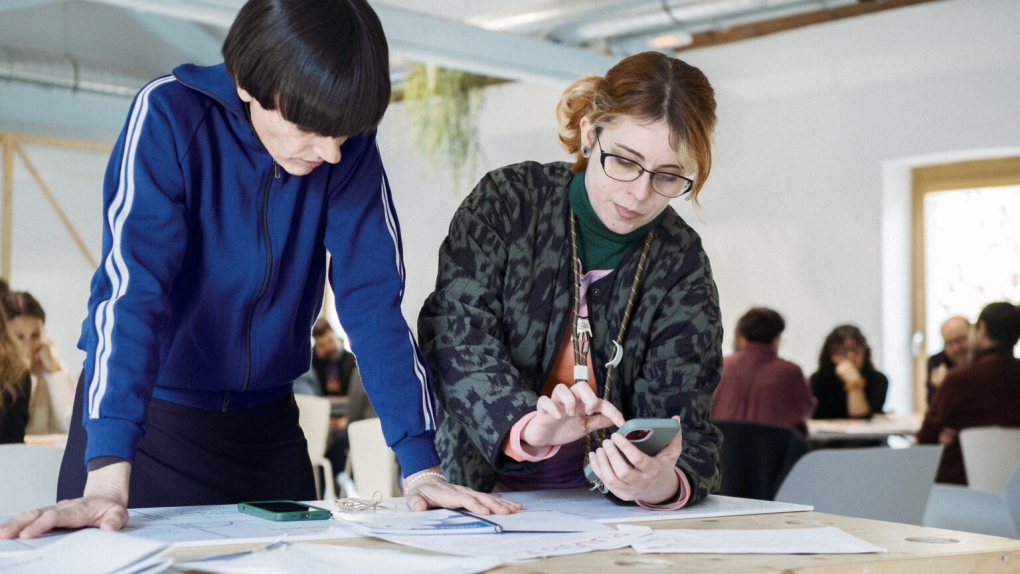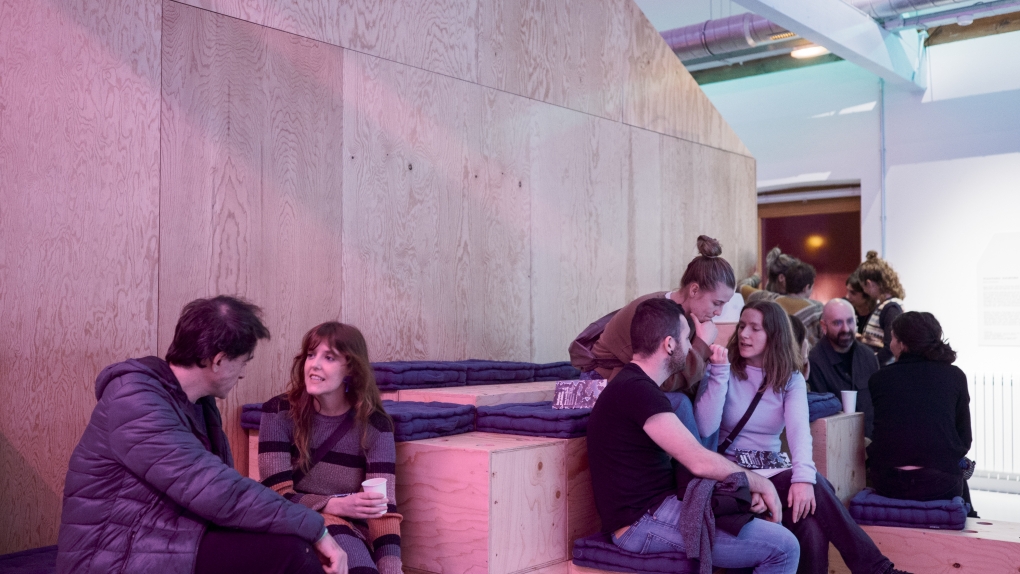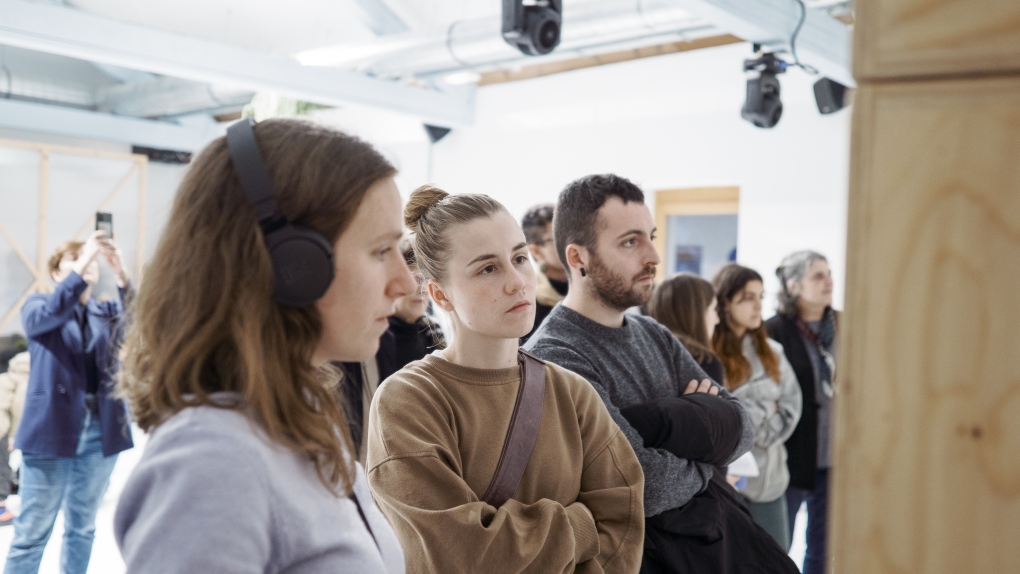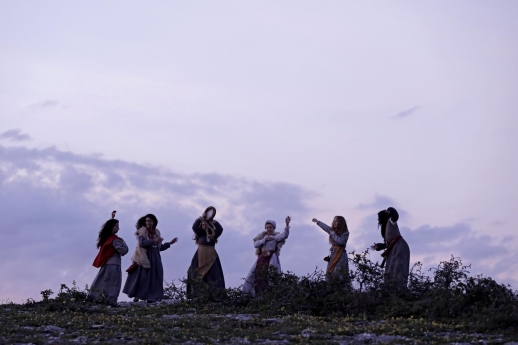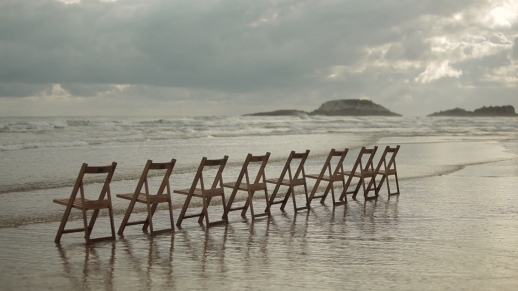The Badalab language innovation laboratory operates out of Errenteria, Gipuzkoa, but it welcomes collaboration from around the globe. There is no other innovation laboratory that conducts similar work, and its name reflects this uniqueness. There is a proverb by the philosopher Wittgensten that in Basque says "izena badu, bada", which translates to "if it has a name, it exists". In other words, if something can be named, it exists; therefore, it follows that what does not have a name does not exist.
Badalab: Why a language innovation lab?
22 May 2025The main objective of the laboratory is to ensure the survival of Euskara, the Basque language, making contributions through innovation to achieve this goal. The saying will hold true for the Basque language as long as we can continue to name the world in our own language.
Contribution to language through innovation
Innovation refers to new ways of doing things and inevitably directs our focus towards the future. The Basque language, the future, and new ways of doing things are the three pillars of Badalab. The aim of this experimental laboratory is to ensure the continued use of the Basque language in the future. To achieve this, it seeks to cultivate a community of speakers who will choose to live in and from the Basque language. This will be accomplished by fostering innovation – generating new questions, promoting unconventional collaborations, and providing spaces, tools, and experiences that serve the community.
There are many linguistic challenges to be tackled through experimentation. Badalab´s focuses mainly on three: globalisation, digitalisation and speed.
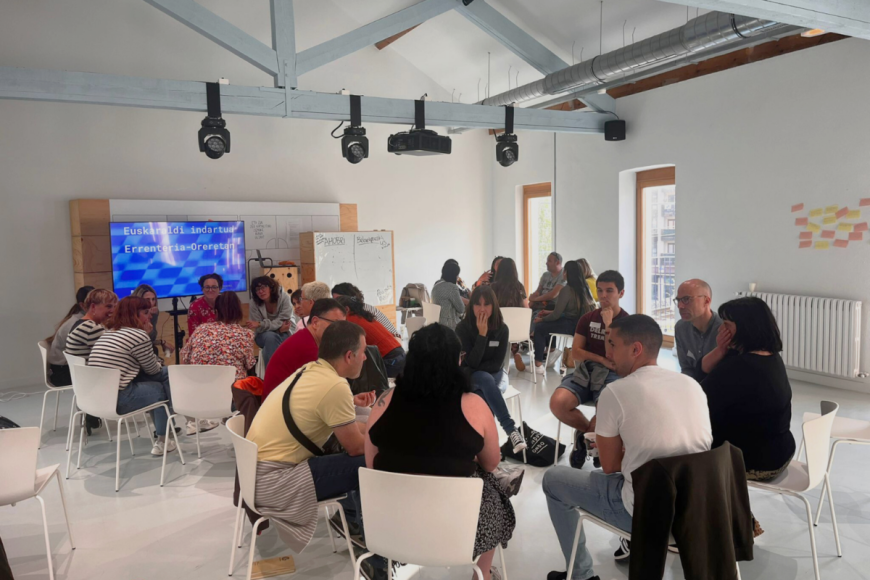
Examining globalisation reveals that migratory flows have significantly increased the diversity of territories, cities and towns. In Gipuzkoa, for instance, there are approximately 130 languages spoken, while Errenteria, the municipality that hosts Badalab, has around 65. Despite this diversity and constant flow, we seem to be experiencing cultural homogenisation. According to various studies, today´s adolescents share more similarities with their peers from different parts of the world than with their own grandparents.
We have already noted that we are immersed in a constant state of transformation, with digitalisation at its core. This element accelerates the pace of change, transforming our references, modes of interaction, languages, and platforms. Social networks have become showcases for languages, while artificial intelligence and linguistic technologies have the potential to revolutionize the prevailing logics. In this context, for a non-hegemonic language to survive, it must continuously adapt and create survival strategies. Speed is crucial; we must be prepared to innovate.
Pioneering governance model
Experimentation is not only a core aspect of Badalab´s work but also part of its RNA, its intrinsic identity. Consistent with this approach, its model of shared governance is pioneering. Since 2021, Badalab has been structured as a consortium that includes several public entities focused on the Basque language, various social agents, and ‘travelling companions’. This structure ensures that public bodies and social agents operate on the same level within its decision-making processes.
For a non-hegemonic language to survive, it must continuously adapt and create survival strategies. Speed is crucial; we must be prepared to innovate.
To understand the origin of the shared governance consortium, we need to go back to 2018, when the Badalab innovation lab emerged as a result of the Euskalgintzaren Palankak process. Two initiatives being carried out at that time joined forces: the public-social deliberation process called Euskalgintzaren Palankak, and the Etorkizuna Eraikiz innovation initiative promoted by the Provincial Council of Gipuzkoa. The Euskalgintzaren Palankak process reached a clear conclusion in 2018: to revitalise the Basque language, a stable reference centre was essential for systematically focusing on innovation. The Etorkizuna Eraikiz initiative, centred on collaborative governance, began to create reference centres for experimentation. From that point onward, between 2019 and 2021, efforts were made to integrate the two initiatives within the framework of public-social collaboration, and these efforts yielded positive results. In July 2021, the Badalab language innovation lab was set up as a mixed consortium, i.e. it was born out of public-social collaboration and has built shared governance, making collaboration a structural feature.
Hybrid nature, three strategic objectives and six lines of work
Let´s face it: the distinction between offline and online lost its meaning long ago. That’s why Badalab aims to develop a hybrid identity and seamlessly integrate into the framework that technologies and the digital environment permeate our lives. Only in this way will it successfully achieve its three strategic objectives: to establish an effective Badalab, to cultivate an active ecosystem, and to ensure that this ecosystem nurtures the community accordingly.
There are no limits to creating unusual collaborations and Badalab´s doors are always open to new projects, proposals and questions. At present, its actions are structured around six lines of work. Below is a description of their characteristics, along with some possible questions that may arise from each:
-
Vision for the future
To foster a community of speakers who choose to live in Basque in the future, it is essential to develop a forward-looking perspective. By engaging society, the community, and the collective through ideas and creativity, the initiative aims to highlight possible and desirable futures for the Basque language and its speakers, creating new imaginaries, dreams, and shared objectives. In this way, the new narrative seeks to resonate not only with those already aware of the language issue but also with the broader public.
Many thinkers emphasise the need for new narratives that inspire hope and conviction. Based on the theory of the design futures, Badalab intends to make its contribution in this area by utilizing various artistic disciplines and tools.
-
Bodies
What bodies today, and in the future, can thrive from and in Euskara? How can we understand them from a complex perspective? What elements intersect with them? In what ways does language influence the various entities present in today´s intricate context on a daily basis? What are the essential elements for building identity? How can we integrate the language aspect into more bodies? What steps can we take to enhance capacity and significantly increase language use? What linguistic strategies do we need? How can we leverage language to help create a more egalitarian and empathetic community grounded in mutual care?
How can we ensure that the different transformative dynamics feed off each other?
-
Relationships
What kind of organisation and relationships does the speaker community need to ensure the continued use of Euskara in a diverse digital future? How will they support one another? How will conflict be managed?
-
Digital
What contributions can digital tools and spaces make to the revitalisation of the language, the ecosystem, and the community of speakers? What role does Euskara play in this context? How can these tools and spaces help enhance the visibility and presence of Basque on the web?
-
Communication
In an age of information overload, what types of resources, channels, formats or content are necessary to effectively engage and nourish the Basque-speaking community? What kind of communication system does a community of speakers need?
What would communication look like without the distinction between online and offline? How can we encourage two-way dialogue? How can we incorporate a vision of the future into the communication discipline? What strategies can be employed to promote creativity, ensuring that communication channels in Basque become a reference point?
-
Errenteria as a laboratory
How can we translate all this experimentation into municipal public policies or community initiatives? How can we share and transfer the lessons learned to other municipalities?
Etorkisuneku 01. Prototypes to support future scenarios for the Basque language
The aim of the experimentation conducted in the laboratory is to create prototypes, test them, and make them scalable. An example of this is the installation ´Etorkisuneku 01,´ an exhibition designed to contribute to the concept of a museum of prototypes. This initiative is part of the Badalab language innovation laboratory´s focus on future vision. Centring on creativity, it seeks to enrich the Basque imagination of the future by creating new narratives and stories.
The starting point for ´Etorkisuneku 01´ is a process that began with fifteen young individuals from diverse backgrounds in the Basque Country, including both Basque speakers and non-speakers. In collaboration with the creative storytelling project ´Zirriborroak eta gero´ (‘After de drafts’) and based on the Basque scenarios created by the young people using speculative methodologies, the writer Nerea Arrien wrote the fable ´Itzultzeko Eskubidea´ (‘Right to translate’). Using this text as a foundation, Badalab established the Etorkisuneku creation grants to empower creators from any discipline to enrich the imaginary developed by the fable, allowing for contributions from various creative fields. Once the grants were awarded, the Laboratory worked for months with the creators, exploring, reflecting and prompting questions. The recently inaugurated exhibition ´Etorkisuneku 01´ brings together the artistic prototypes derived from this process.
Badalab has launched a public program aimed at reflecting on and continually enriching the collective imagination. This program includes guided tours, conferences, workshops, and laboratories. From March to June, visitors can explore the space by making an appointment or by participating in the public program activities. To learn more about the activities of the Badalab language innovation laboratory, please visit https://badalab.eus/. The Laboratory is also open to new proposals and ideas!
